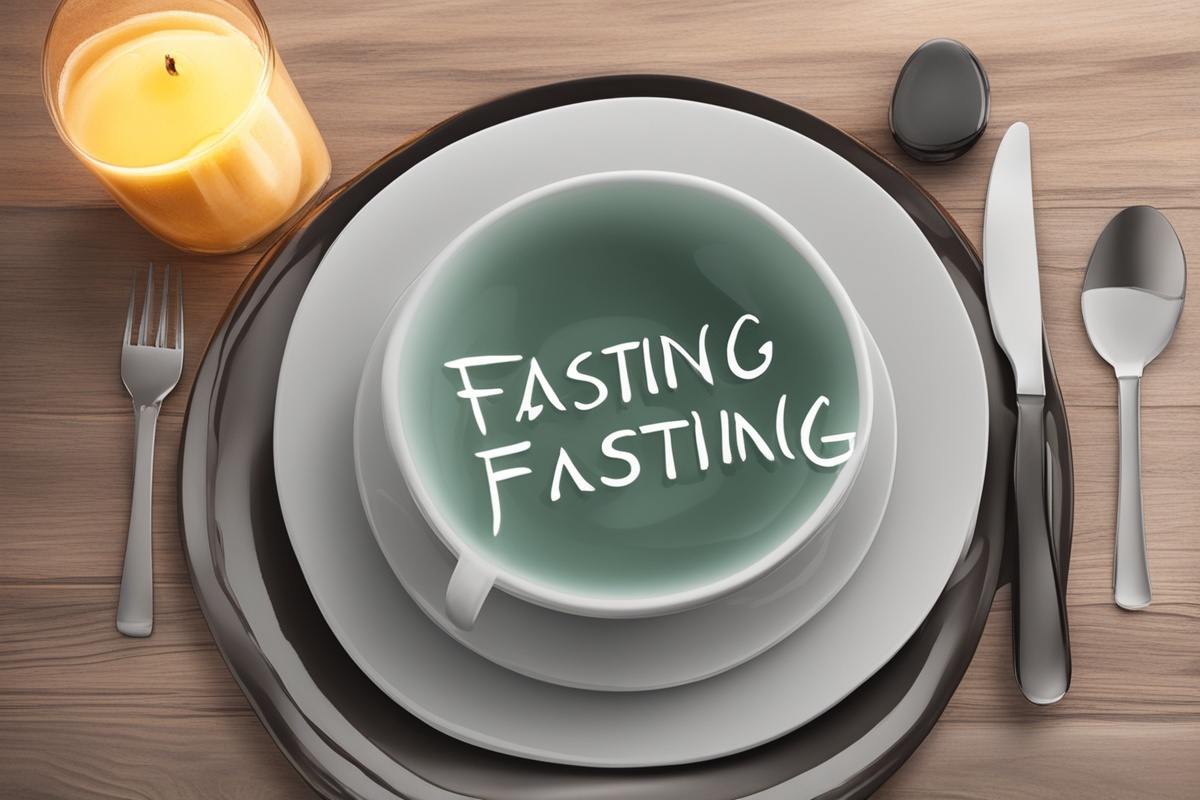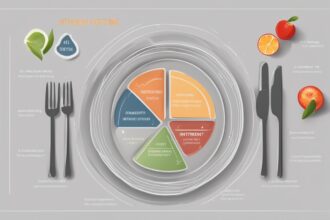In today’s fast-paced world, many of us are constantly searching for ways to increase our energy levels and maintain a sense of vitality throughout the day. One approach gaining significant attention is timed eating, a practice often associated with intermittent fasting. By strategically scheduling meals, you can align your body’s natural rhythms to optimize energy production and overall well-being. This post dives into the concept of Boosting Vitality with Timed Eating, exploring how this method can transform your daily energy levels and improve your health.
What Is Timed Eating and How Does It Work?
Timed eating refers to the practice of consuming food within specific windows of time, often as part of intermittent fasting (IF) protocols. Popular methods include the 16:8 approach, where you fast for 16 hours and eat during an 8-hour window, or the 5:2 method, which involves eating normally for five days and restricting calories on two non-consecutive days. The goal is to give your digestive system a break, allowing your body to focus on repair and energy optimization.
When you eat within a defined timeframe, your body can better regulate insulin levels, improve metabolic efficiency, and tap into stored energy reserves like fat. This process not only supports weight management but also enhances mental clarity and physical stamina—key components of vitality. By adopting timed eating, you’re not just restricting when you eat; you’re strategically boosting your body’s natural energy cycles.
The Science Behind Boosting Vitality with Timed Eating
Research suggests that timed eating can positively impact your body’s circadian rhythm, the internal clock that governs sleep, energy, and metabolism. When you eat in alignment with this rhythm—typically earlier in the day—your body processes food more efficiently, leading to sustained energy levels. A study published in the journal Cell Metabolism found that time-restricted feeding can improve mitochondrial function, which is crucial for energy production at the cellular level.
Additionally, timed eating triggers autophagy, a cellular cleanup process that removes damaged components and promotes renewal. This can reduce inflammation and oxidative stress, both of which are linked to fatigue and low energy. By incorporating timed eating into your routine, you’re essentially giving your body the tools to recharge and operate at its peak, directly contributing to vitality.
Benefits of Timed Eating for Energy and Vitality
One of the most compelling reasons to try timed eating is its potential to skyrocket your energy levels. Here are some key benefits:
- Improved Metabolic Health: Timed eating helps stabilize blood sugar levels, preventing energy crashes caused by spikes and dips in glucose.
- Enhanced Mental Focus: Fasting periods allow your brain to access alternative fuel sources like ketones, which can sharpen focus and reduce brain fog.
- Better Sleep Quality: Aligning meals with your circadian rhythm can improve sleep patterns, leaving you more refreshed and energized upon waking.
- Increased Physical Stamina: With optimized energy production, many individuals report feeling more capable during workouts and daily activities.
If you’re curious about how fasting impacts mental clarity, check out our related post on Fasting for Mental Focus. These benefits collectively contribute to the overarching goal of boosting vitality with timed eating.
How to Start Timed Eating for Maximum Energy
Getting started with timed eating doesn’t have to be complicated. Begin with a simple 12:12 schedule—12 hours of fasting and 12 hours of eating—to ease your body into the routine. Gradually progress to a 16:8 or 14:10 window if you feel comfortable. Here are some practical tips to ensure success:
- Choose Your Window Wisely: Aim to eat earlier in the day (e.g., between 10 a.m. and 6 p.m.) to align with your body’s natural energy peaks.
- Stay Hydrated: Drink plenty of water during fasting periods to prevent dehydration, which can sap energy.
- Prioritize Nutrient-Dense Foods: Focus on whole foods like vegetables, lean proteins, and healthy fats to fuel your body effectively.
- Listen to Your Body: If you feel overly fatigued or irritable, adjust your eating window or consult a healthcare professional.
For more tips on crafting a fasting schedule, explore our guide on Creating a Fasting Schedule. Starting small and staying consistent is key to reaping the energy-boosting rewards of timed eating.
Common Challenges and How to Overcome Them
While timed eating offers numerous benefits, it’s not without challenges. Hunger pangs, social eating pressures, and initial fatigue are common hurdles. To combat hunger, try drinking black coffee or herbal tea during fasting windows, as they can suppress appetite without breaking your fast. Planning meals ahead of time also helps ensure you’re not tempted to overeat when your eating window opens.
Social situations can be trickier, but communicating your goals to friends and family can help. If dining out, opt for lighter meals or adjust your eating window for the day. For more strategies on managing fasting in social settings, read our post on Fasting and Social Life. Overcoming these challenges will allow you to stay committed to boosting vitality with timed eating.
Who Should Try Timed Eating for Energy?
Timed eating isn’t a one-size-fits-all solution, but it can be particularly beneficial for individuals struggling with low energy, poor focus, or metabolic issues. However, it’s not suitable for everyone. Pregnant or breastfeeding women, individuals with certain medical conditions like diabetes, or those with a history of eating disorders should consult a healthcare provider before starting. If you’re unsure whether timed eating is right for you, our article on Is Fasting Right for You? offers valuable insights.
For those who are cleared to try it, timed eating can be a powerful tool to enhance vitality. Pairing it with other healthy habits like regular exercise and stress management can amplify its effects. Learn more about combining fasting with fitness in our piece on Fasting and Exercise.
Disclaimer: The information provided in this post is for educational purposes only and should not be considered medical advice. Timed eating or intermittent fasting may not be suitable for everyone, and individual results may vary. Always consult with a qualified healthcare professional or nutritionist before making significant changes to your diet or lifestyle, especially if you have pre-existing health conditions or concerns. We are not responsible for any adverse effects resulting from following the suggestions in this article.
References
- Cell Metabolism: Time-Restricted Feeding and Metabolic Health
- NCBI: Effects of Intermittent Fasting on Health and Aging
- Harvard Health: Intermittent Fasting Benefits
- Mayo Clinic: Intermittent Fasting FAQ
- Nature: Circadian Rhythms and Metabolism
This content is for informational purposes only and not a substitute for professional advice.





